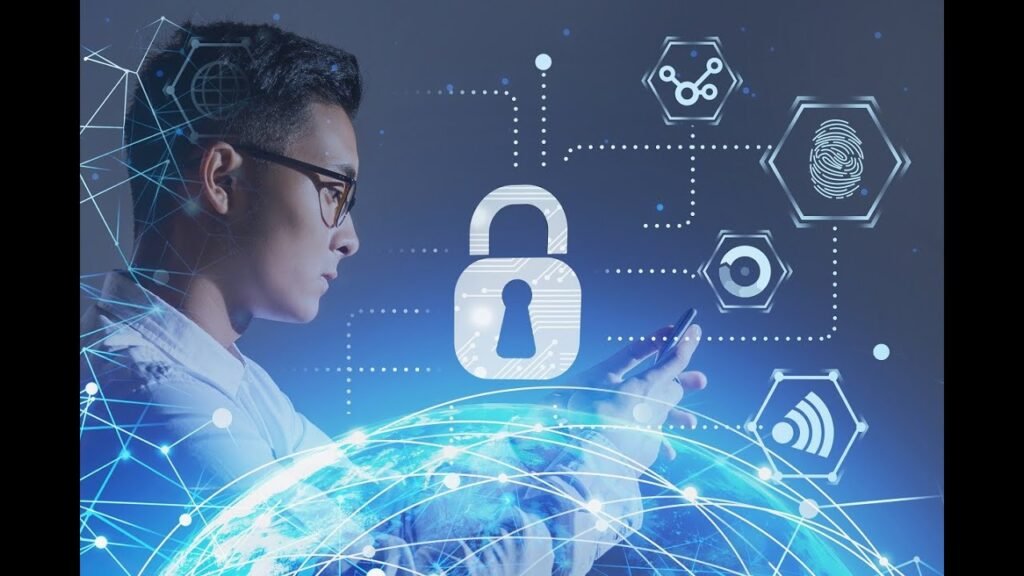Data breaches, ransomware attacks, and cyber espionage are top headlines in today’s world; never before have the roles played by Global IT Security Leads been more crucial. Unsung heroes are architects of digital defense, strategists of secure systems, and the front lines against this constantly evolving cyber threat landscape. As organizations worldwide are struggling with the complexities of cybersecurity, the Global IT Security Lead stands at the helm to ensure that businesses can thrive in a world where trust is as valuable as currency.
Who is the Global IT Security Lead?
The Global IT Security Lead is a senior-level professional who oversees the cybersecurity strategy of an organization at a global level. It’s not just managing firewalls or patching vulnerabilities; it’s about creating a culture of security that runs deep within the organization. From sensitive customer data to international regulations, the Global IT Security Lead does it all.
This person is usually the liaison between technical teams and executive leadership, translating complex security concepts into actionable business strategies. They are the voice of reason in boardroom discussions, advocating for investments in cutting-edge technologies and robust security frameworks.
The Evolving Threat Landscape
Gone are the lonely hackers huddled over their computers in dingy basements. These cyber threats are now skilled, funded, and often state-sponsored. Ransomware can take down entire supply chains, and phishing scams compromise the personal data of millions. For the Global IT Security Lead, the need to stay ahead of these threats calls for strong anticipation of new attack vectors and the proactive development of measures to mitigate risks.
One of the major challenges is size. With cloud computing, IoT devices, and remote workforces, the attack surface has exponentially widened. The Global IT Security Lead must ensure that every endpoint, every network, and every user is protected—that’s not an easy job in a world where cybercriminals are constantly innovating.
Key Responsibilities of a Global IT Security Lead

The role of a Global IT Security Lead involves technical as well as strategic duties. Some of the major activities that define this critical role include:
Developing and Implementing Security Policies
The role of the Global IT Security Lead is to develop multi-faceted security policies that match organizational objectives and regulatory compliance requirements. These security policies form the basis of all cybersecurity efforts, ensuring seamless and structured accountability practices in all quarters.
Risk Management and Threat Assessment
A core part of the job involves identifying potential vulnerabilities and assessing risks. This means conducting regular audits, penetration testing, and threat modeling to keep ahead of cybercriminals.
Incident Response and Crisis Management
When a breach occurs, the Global IT Security Lead is the first responder. They must have a well-defined incident response plan in place, ensuring that the organization can quickly contain the threat, minimize damage, and recover effectively.
Building a Security-Aware Culture
Technology alone cannot guarantee security. The Global IT Security Lead must foster a culture of awareness, educating employees about best practices and the importance of vigilance in their day-to-day activities.
The Global IT Security Lead would need to stay ahead of the technology curve—from AI to quantum computing. These emerging technologies and their implications on cybersecurity must be considered, including the evaluation of new tools and solutions that could improve organization defenses.
The Human Element: Leadership and Collaboration
Although technical know-how is required for the position of Global IT Security Lead, leadership and collaboration ability are equally imperative. Inspiration, motivation of teams, trust establishment with stakeholders, and operation navigations within international contexts require some degree of understanding of such processes.
In many ways, the Global IT Security Lead is a diplomat: working across borders and time zones to ensure security standards are held high in every region. In this respect, they must find a balance between the need for robust security and the realities of business operations in finding solutions that are both effective and practical.
The Future of the Global IT Security Lead
As cyber threats continue to evolve, so too will the role of the Global IT Security Lead. The rise of AI-driven attacks, the increasing importance of data privacy, and the growing reliance on digital infrastructure will all shape the future of this profession.
Organizations need to realize the importance of this role and invest in the tools, training, and talent required to stay ahead of the curve. The Global IT Security Lead is not just a job title; it’s a mission to protect the digital world and ensure that businesses can operate with confidence in an uncertain landscape.
Conclusion
In essence, the global IT security lead is the unsung hero of the digital age, a keeper of trust, and a guardian of innovation; in a cyber-threat reality such as the current one, work is inevitable. Through his technical expertise complemented by a strategic vision, he makes organizations navigate the vast complexities of this digital frontier with confidence and with resilience.
As we look to the future, one thing is clear: the role of the Global IT Security Lead will only grow in importance. For businesses that take cybersecurity seriously, this role is not just an investment—it’s a necessity. After all, in the battle for digital security, the stakes have never been higher.


